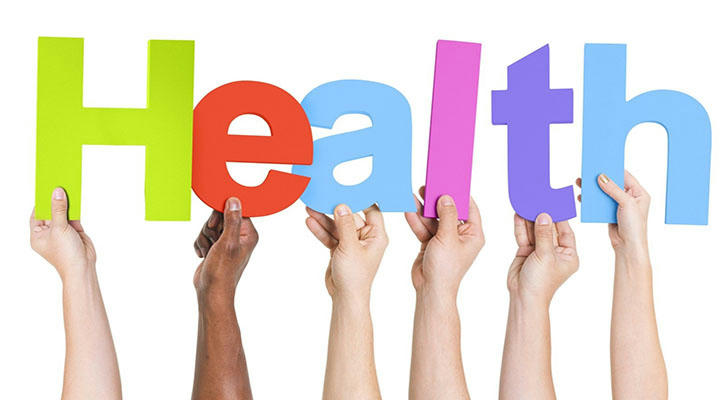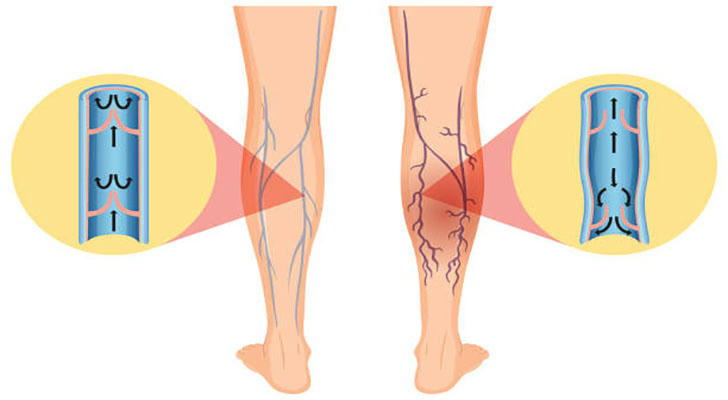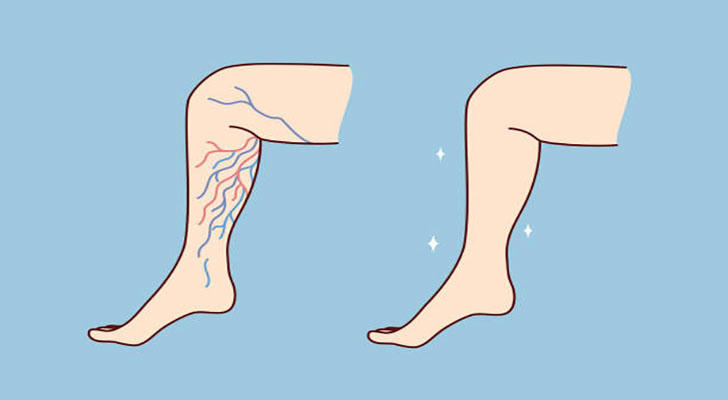Understanding Varicose Veins: A Comprehensive Guide

Varicose veins are a common condition that affects many people, particularly in the legs. They occur when veins become enlarged, twisted, and swollen, often leading to discomfort and cosmetic concerns. This article will explain what varicose veins are, their causes, symptoms, and available treatment options.
What Are Varicose Veins?
Varicose veins are dilated veins that are visible just beneath the surface of the skin. They often appear blue or dark purple and can be swollen and raised. While they can occur in any vein, they are most commonly found in the legs due to the pressure of standing and walking. According to the American Academy of Family Physicians, about 20% of adults in the United States have varicose veins.
Causes of Varicose Veins
Several factors contribute to the development of varicose veins:
1.Genetics: A family history of varicose veins increases your risk. If your parents had them, you might be more likely to develop them as well.
2.Age: As people age, veins can lose elasticity, making them less able to function properly. This can lead to blood pooling in the veins.
3.Hormonal Changes: Hormonal changes during pregnancy, menopause, or due to birth control pills can weaken vein walls and lead to varicose veins.
4.Obesity: Excess weight puts additional pressure on veins, making it harder for blood to flow back to the heart.
5.Prolonged Standing or Sitting: Jobs that require long periods of standing or sitting can increase the risk of developing varicose veins due to poor circulation.

Symptoms of Varicose Veins
Many people with varicose veins experience few symptoms, but some may have:
Pain or Discomfort: A feeling of heaviness or aching in the legs.
Swelling: Swelling in the legs or ankles.
Itching: Itching around the affected area.
Ulcers: In severe cases, ulcers may develop near the ankles.
For example, a 50-year-old woman named Sarah noticed that her legs felt heavy and achy after a long day at work. She also observed that her veins looked more prominent than before. After consulting her doctor, she learned that she had developed varicose veins due to her job as a teacher, which required her to stand for long periods.
Treatment Options for Varicose Veins
If varicose veins cause discomfort or cosmetic concerns, several treatment options are available:
1.Compression Stockings: Wearing compression stockings helps improve blood flow in the legs. These specially designed socks apply pressure to the legs and reduce swelling.
2.Sclerotherapy: This treatment involves injecting a chemical solution into the varicose vein, causing it to scar and close off. The blood then redirects to healthier veins.
3.Laser Treatments: Laser therapy uses focused light to close off small varicose veins without needing incisions. This method is effective for smaller veins and has a shorter recovery time.
4.Endovenous Laser Treatment (EVLT): This minimally invasive procedure uses laser energy delivered through a catheter inserted into the vein. It heats and seals the affected vein, allowing blood to flow through healthier vessels.
5.Vein Stripping: In more severe cases, a surgical procedure called vein stripping may be recommended. This involves removing the affected vein through small incisions in the skin.
6.Lifestyle Changes: Maintaining a healthy weight, exercising regularly, and elevating your legs can help manage symptoms and prevent new varicose veins from forming.

When to See a Doctor
If you notice symptoms of varicose veins or if existing varicose veins become painful or change in appearance, it’s essential to consult a healthcare professional. They can assess your condition and recommend appropriate treatment options based on your specific situation.
Conclusion
Varicose veins are a common condition that can affect anyone but are particularly prevalent among older adults and those with certain risk factors. While they may not always cause significant health issues, they can lead to discomfort and self-consciousness about appearance. Understanding the causes and treatment options available can help individuals manage their symptoms effectively and improve their quality of life.
For instance, after Sarah began wearing compression stockings and following her doctor's recommendations for lifestyle changes—like incorporating regular walking into her routine—she noticed significant improvement in her symptoms over time. If you suspect you have varicose veins or experience any related symptoms, don’t hesitate to seek medical advice for proper evaluation and tailored treatment options that best suit your needs.
